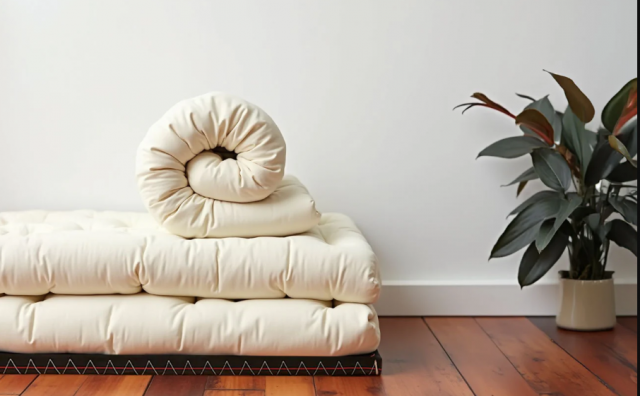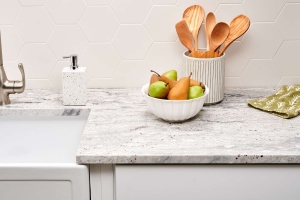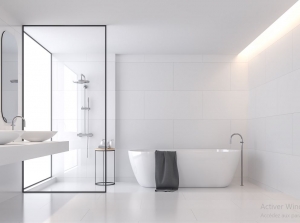In recent years, Japanese sleeping styles have captured the attention of those seeking minimalist and eco-friendly living solutions. The concept of sleeping close to the floor, often on a futon atop a tatami mat, is both practical and steeped in tradition. If you're curious about this approach and its benefits, this guide will walk you through everything you need to know.
What Is a Tatami Mat?
Tatami mats are traditional Japanese floor coverings made from natural materials like rice straw and woven rush grass. These mats have been used for centuries in Japanese homes, serving as a foundation for sleeping, sitting, and even eating. Their firm yet slightly cushioned surface provides excellent support, making them an ideal base for futons.
Tatami mats are typically about two inches thick and emit a subtle, earthy aroma that adds to their calming appeal. In modern homes, tatami mats can be placed over hardwood floors or carpets to create a dedicated sleeping area.
What Is a Futon?
In Japan, a futon refers to a lightweight, foldable mattress designed for sleeping directly on the floor or on tatami mats. Unlike Western-style futons, which often double as sofas, traditional Japanese futons are slim, made of natural materials like cotton or wool, and intended solely for sleeping. A typical futon setup includes:
- Shikibuton: The mattress layer, usually about 2-4 inches thick.
- Kakebuton: A comforter or duvet for warmth.
- Makura: A small, firm pillow often filled with natural materials like buckwheat hulls.
After use, futons are typically folded and stored in a closet, freeing up floor space during the day. This versatility aligns with minimalist living principles and is especially useful in small homes or apartments.
Benefits of Japanese Sleeping Styles
Switching to a Japanese sleeping style offers a range of benefits, from improved health to enhanced interior design flexibility:
- Spinal Support: Sleeping on a firm surface like a tatami mat with a futon can help maintain proper spinal alignment and reduce back pain.
- Space-Saving: With futons that can be easily folded and stored, you can reclaim valuable floor space for other activities.
- Eco-Friendly: Tatami mats and futons are made from natural, biodegradable materials, making them a sustainable choice.
- Minimal Maintenance: Regularly airing out and sun-drying your futon keeps it fresh and prevents moisture buildup, reducing the risk of mold or dust mites.
- Cultural Connection: Embracing Japanese sleeping styles allows you to experience a tradition that emphasizes simplicity and harmony with nature.
How to Create a Japanese Sleeping Setup at Home
If you’re ready to try Japanese sleeping styles, here’s how to get started:
- Choose the Right Tatami Mat: Select a high-quality tatami mat to lay as your sleeping base. Ensure it’s sized appropriately for your space and provides a firm, supportive surface.
- Invest in a Shikibuton: Opt for a futon mattress made from natural materials. Cotton and wool shikibutons are popular for their breathability and comfort.
- Add Accessories: Complete your setup with a kakebuton and a supportive pillow, like a buckwheat or kapok pillow.
- Establish a Routine: To maintain your futon, air it out weekly and give it occasional sun exposure to keep it fresh and free of moisture.
- Blend with Modern Decor: Incorporate Japanese design elements like low furniture, neutral tones, and natural fibers to create a cohesive, calming sleeping area.
Who Can Benefit from Japanese Sleeping Styles?
This arrangement suits a wide range of individuals. Minimalists will appreciate how it helps to declutter and open up their living areas. Those committed to sustainable living will value the natural, biodegradable materials used in tatami mats and futons. People dealing with back pain or discomfort may find the firm sleeping surface to be a welcome relief. Additionally, those who are drawn to Japanese culture and traditions can enjoy incorporating these elements into their daily routines.
Final Thoughts
Adopting a Japanese sleeping style with tatami mats and futons is more than a functional choice—it’s a lifestyle shift that promotes simplicity, mindfulness, and a closer connection to nature. Whether you’re seeking better sleep, saving space, or embracing sustainable living, this traditional approach offers timeless benefits for modern homes.






